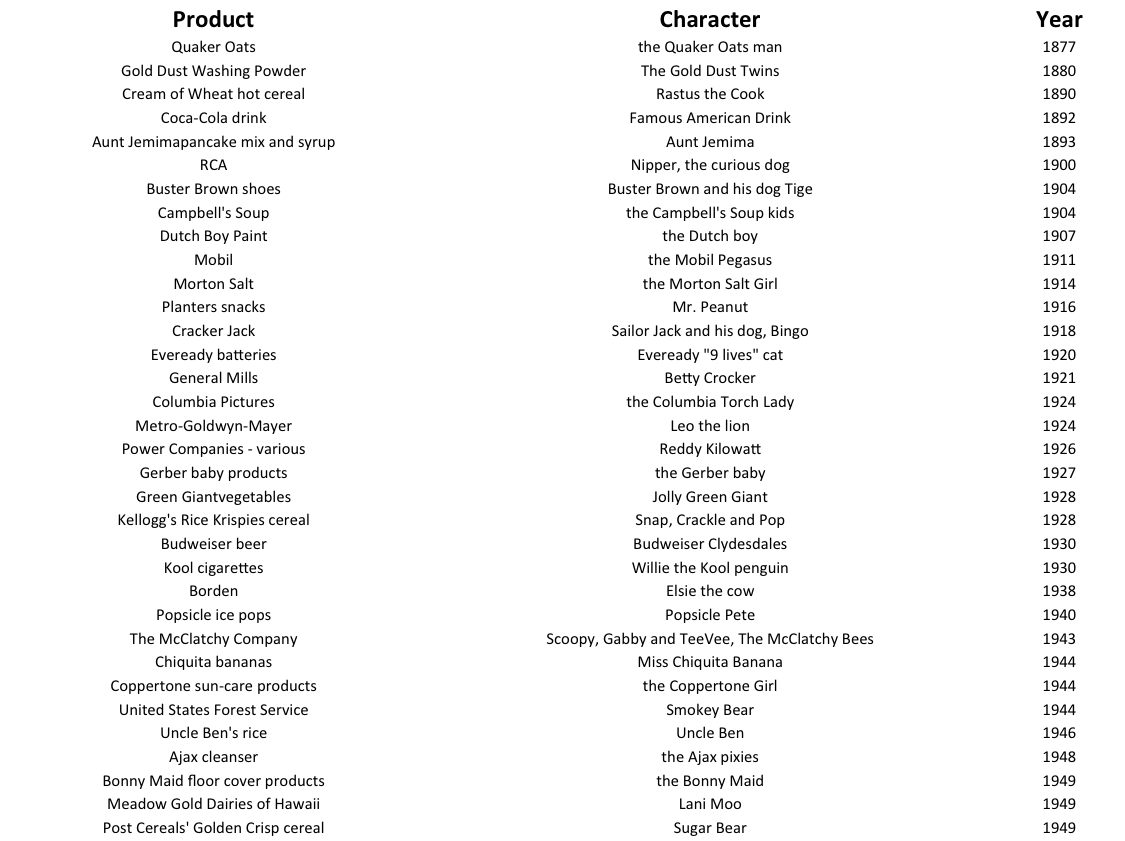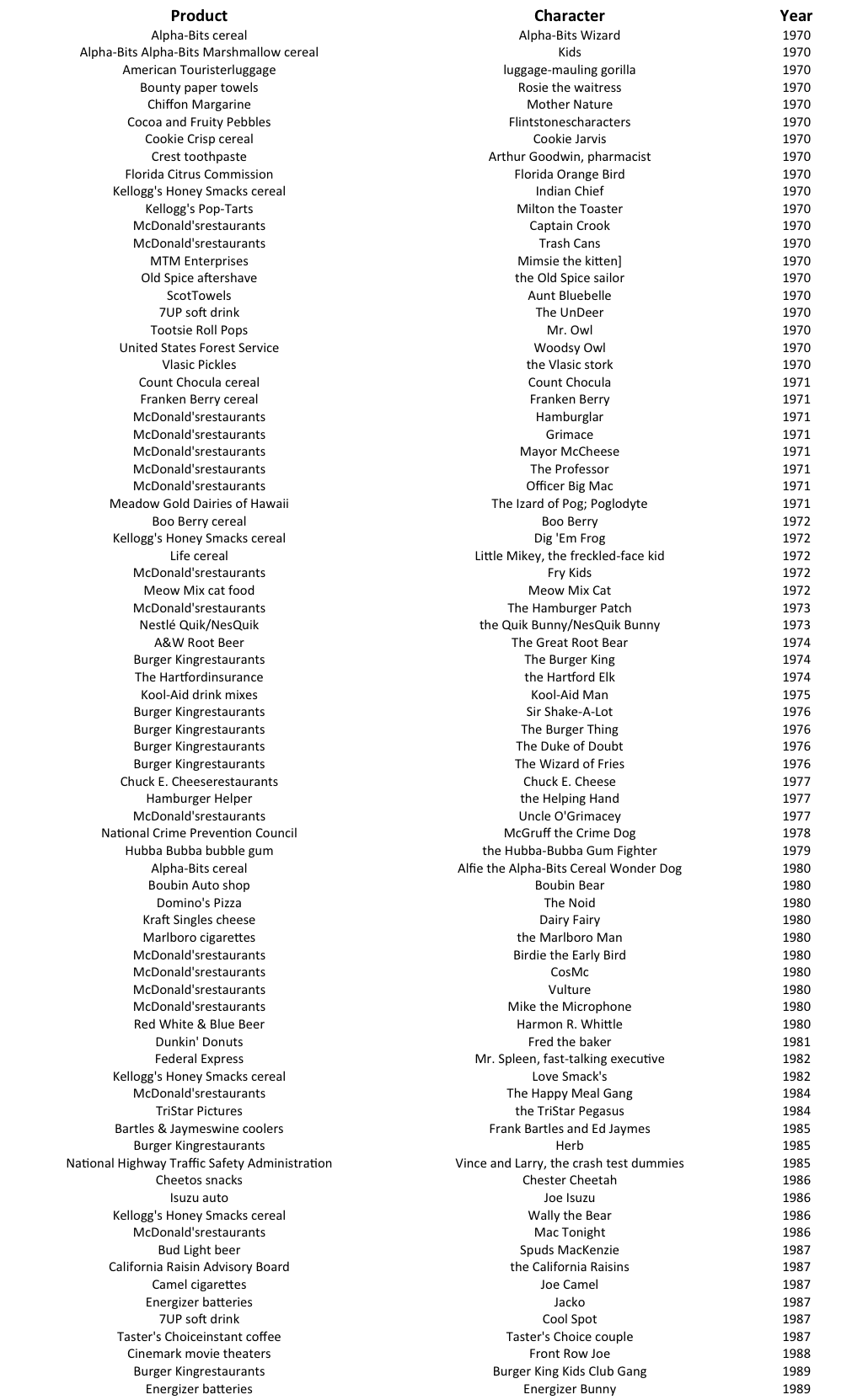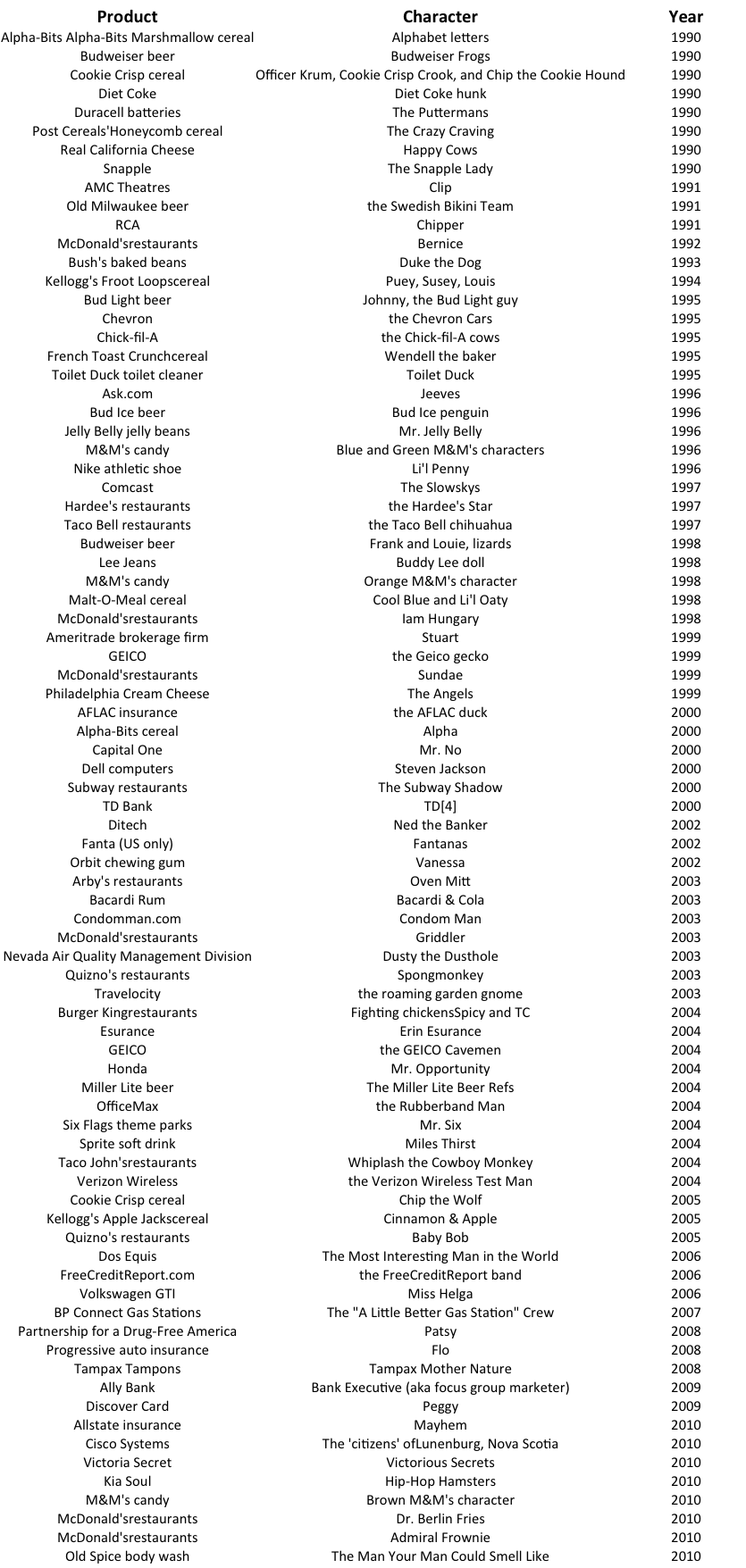- Blog Home
- Content Marketing
- Jd Peterson
- Should Your Brand Have A Mascot?
Should Your Brand Have a Mascot?

Mascots have to be unique and relatable in order to appeal to a qualified audience.
Animals can be vulnerable, relatable, adorable and funny -- sometimes all at the same time. Audiences overwhelmingly respond to life-like mascots in advertisements and mascots have undergone a renaissance since the digital age. If your audience associates your brand with a likable mascot, sales and name recognition have the potential to undergo a healthy boost. However, like many things in the content marketing world, mascots aren't for everyone.
Mascots History
Mascots have been around since the early 19th century, if not earlier. Sports teams started using live animals as mascots designed to bring good luck and intimidate the opposing team. In the time of Mad Men, brands found that using mascots improved brand recognition.
See also: Animals & Content - What's the Deal With Cat Memes in Content Marketing?
The First Mascots:

Mascots in the 50s and 60s:

Mascots in the 70s and 80s:
Mascots in the 90s and 2000s:
Why Mascots are Effective
Mascots are one of the most effective advertising tools. For years, mascots have been able to help children learn about even the most serious subjects, like forest fires, because kids relate to simple characters. Adults are no different. When we see someone relatable on television -- with a familiar personality or problem -- we become engaged. This is true whether you are talking about Internet videos, websites or product packaging.
In addition, animal mascots are effective because most people, regardless of age, find animals cute or endearing. We admire admire cats for their independence and dogs for their loyalty, which is why they're so popular. Mascots take these relatable animals and give them an added human dimension in the form of human features, problems and culture.
How to Use Mascots
Mascots can translate to sales for your company, if used effectively. As with the rest of your marketing campaign, the most important thing to keep in mind is your target market. The type of mascot you use and what you do with it will differ depending on your target market.
If you cater mostly to families with children, you may want to use a "cuter" mascot such as a teddy bear, a frog or a cat or dog. You may also want to create a family of mascots for greater customer identification.
If you are marketing mainly to older people who have no children, you will want to use different mascots (see also: How to Evoke Nostalgia Though your Written Content). A tortoise or another hearty, smart animal will be a good fit.
No matter what mascot you choose, the final and most important rule of thumb is to give your mascot a unique personality. Few would have ever associated supplemental insurance with a duck before AFLAC. Now the unique campaign, specifically designed to get us to remember the name of an awkward acronym (American Family Life Assurance Company of Columbus), is so successful that AFLAC enjoys the sort of name recognition usually reserved for titanic companies like McDonalds and Coca Cola.
Does your business have a mascot? Share your thoughts with us in the comments section below.
To Read More About Engagement See Below:
These Emotions Might Make Your Content Go Viral
Three Rules to Follow for Good Headlines
Promote Your Content on Social Media: How to Increase Your Shares [Interview]
Photo Credit: Paco Photo via Flickr.
Powered by Scripted.com

